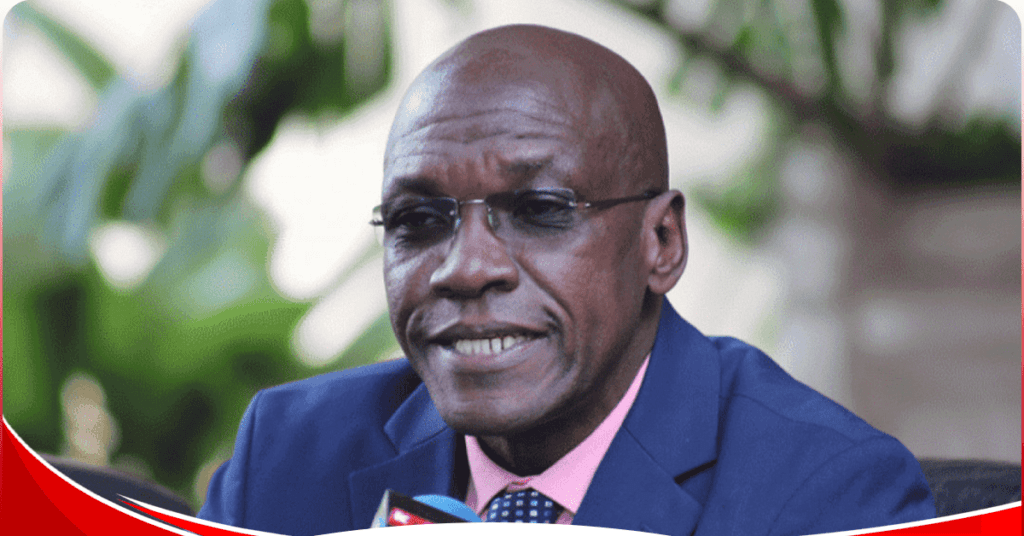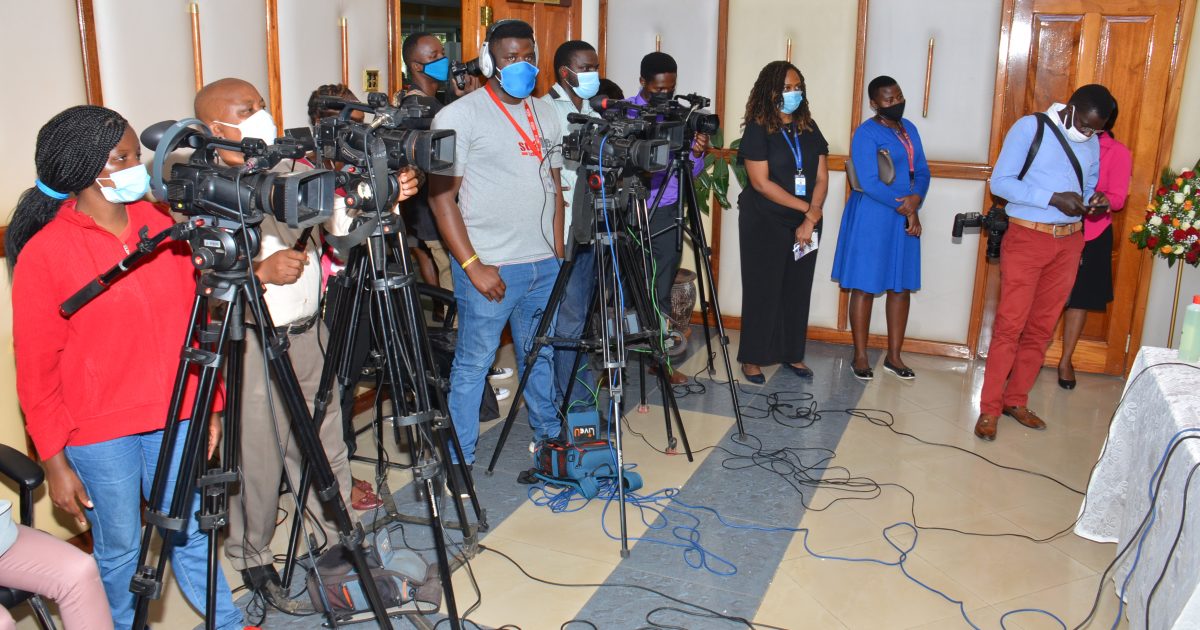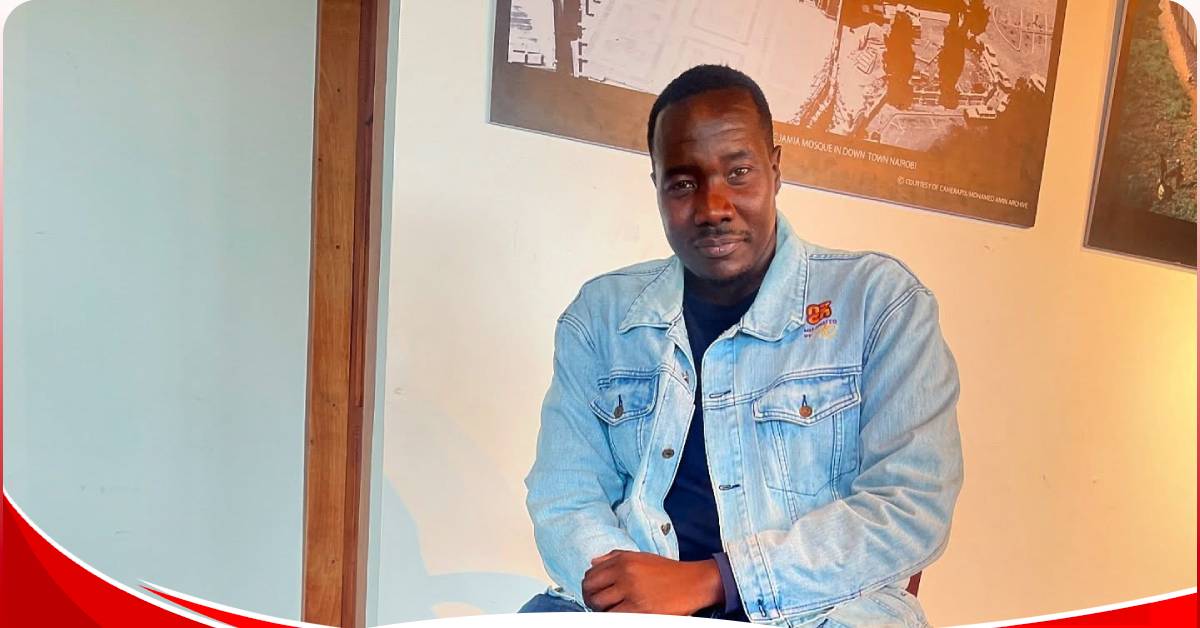Rehabilitation centers are supposed to be sanctuaries: places where people struggling with substance use, severe depression, bipolar disorder or other mental-health challenges can get medical care, counselling and constant supervision.
But the recent events in Kenya; most painfully the death of former Citizen TV journalist, Kimani Mbugua, while he was being treated at a Mombasa rehabilitation centre, have focused attention on an uncomfortable and urgent question: “What happens when people take their own lives while in facilities meant to protect them?”
The 29-year-old journalist, Kimani Mbugua, was open about his long battles with mental illness and substance relapse. Family accounts and multiple Kenyan news outlets say he died by suicide while receiving treatment in Mombasa. His death has revived public debates about standards, oversight and clinical care in such facilities.
Outside of high-profile stories like Kimani’s, there are surprisingly few publicly documented, verifiable reports naming specific rehabilitation centres in Kenya where patients committed suicide.
That may reflect under-reporting, family privacy, stigma or the fact that many deaths are investigated as general suicide incidents rather than being publicly recorded as having happened inside licensed rehab facilities. It also makes it hard to estimate how wide the problem is.
Why suicide can still happen inside care facilities
Suicide is rarely a single cause event, it’s usually the end result of interacting biological, psychological and social factors. In the Kenyan context, research and public-health analyses identify several recurring contributors:
- Severe, under-treated mental illness. Conditions such as major depression, bipolar disorder and psychosis increase suicide risk when symptoms are not well controlled. Many patients in rehab centres have co-occurring mental-health disorders.
- Substance use and withdrawal. Active substance use or the stress of withdrawal can precipitate suicidal thoughts or impulsive behaviour. Rehab stays are high-risk periods if withdrawal management and monitoring are inadequate.
- Inadequate supervision and staffing. Low staff-to-patient ratios, poorly trained caregivers, or gaps (like night shifts with minimal observation) increase the chance that a distressed client can act on suicidal impulses.
- Stigma and fear of legal consequences. Until very recently, attempted suicide was criminalised in Kenya, which discouraged open help-seeking and may have delayed system reform; the High Court struck down the criminal penalty in early 2025, a change advocates say should make prevention and care easier.
- Fragmented continuity of care. Weak links between inpatient care, community follow-up and family support mean people remain vulnerable after discharge or during temporary leave.
Still, major gaps remain. Kenya has hundreds of private and faith-based rehabilitation centres, but oversight is inconsistent. While some are licensed and accredited by the National Authority for the Campaign Against Alcohol and Drug Abuse (NACADA), many operate with minimal regulation. Routine safety audits, licensing checks, and transparent reporting of incidents are still rare.
Workforce shortages are another challenge. Kenya has a limited number of psychiatrists, clinical psychologists, and psychiatric nurses. Most rehabilitation centres depend on general counsellors who may lack the training to manage complex mental-health crises. This makes it difficult to maintain continuous supervision, especially at night and wee hours of the morning, when many suicides occur.
To prevent such tragedies, experts recommend several reforms: mandatory suicide-risk screening when patients are admitted, strict observation protocols for high-risk individuals, training for all staff in mental health crisis response and public education and campaigns to reframe suicide as a health issues rather than a moral failing.
Facilities should also remove potential means of self-harm from rooms and ensure patients have 24-hour supervision when necessary.
There is also a call for transparent reporting of deaths or attempted incidents within treatment centres. Every case, experts say, should trigger an independent review and the findings made public to ensure accountability and learning across the sector.
Stronger collaboration between rehabilitation centres, community health units, and families can also help ensure patients receive continued care after discharge.
For families, they are advised to ask for a centre’s suicide-prevention policy before admission, including how staff monitor patients, handle emergencies, and manage medication. Loved ones should also stay actively involved in the recovery process and follow up regularly after discharge.
The painful truth is that the places meant to protect the vulnerable can sometimes fail them. Kimani Mbugua’s death is a wake-up call for Kenya’s mental health system; a reminder that compassion alone is not enough.
What’s needed now is accountability, investment in trained professionals, and stronger government regulation to make rehabilitation centres genuinely safe spaces for healing. Until that happens, too many families will continue to grieve losses that could have been prevented.












